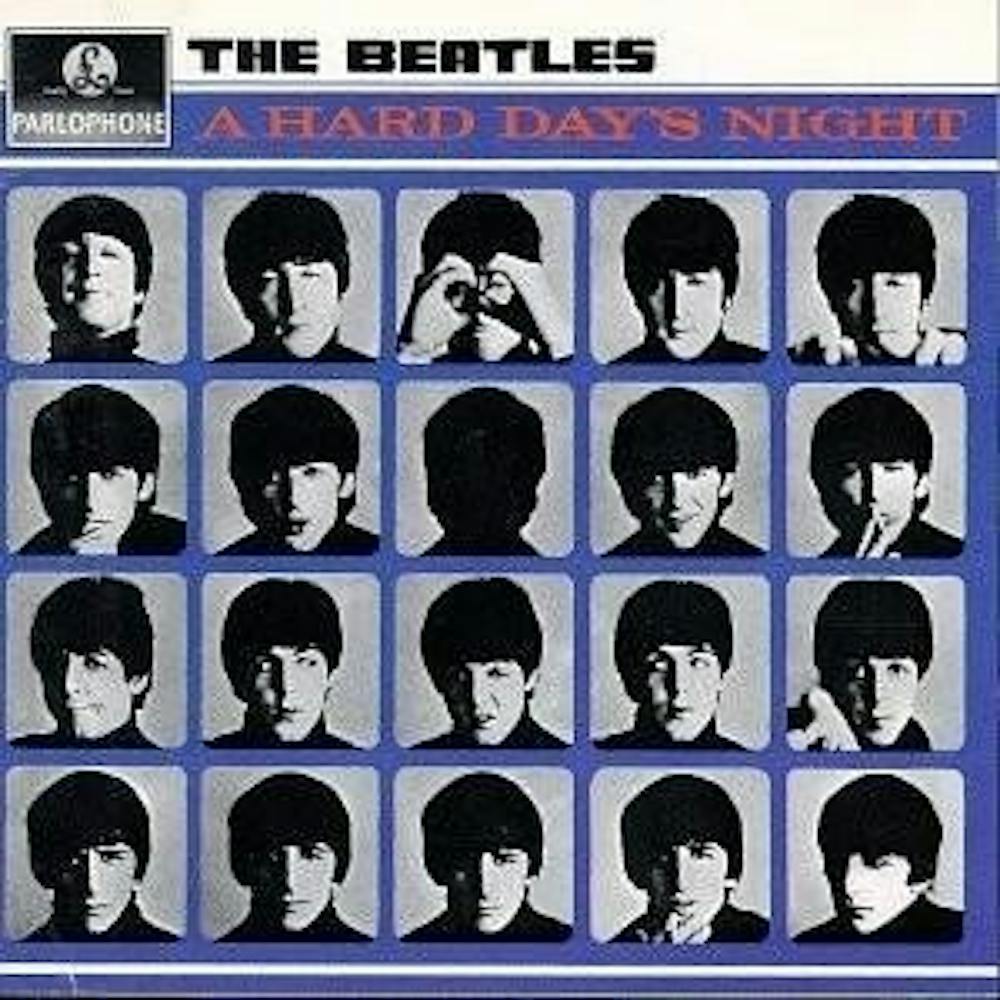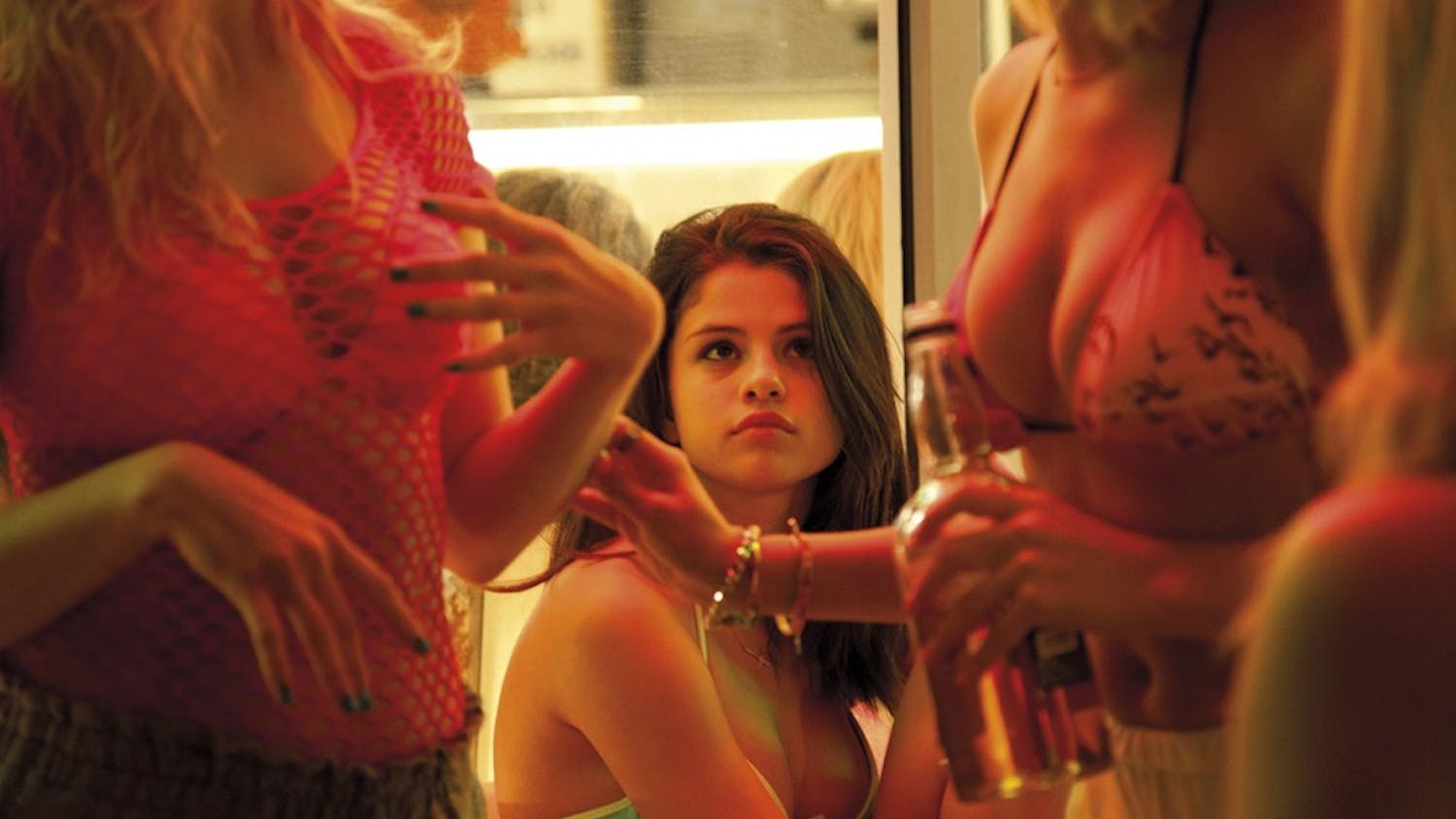After decades of scholars, music critics, parents and other assorted baby boomers hyped The Beatles as the greatest rock band of all time, it’s tempting to see their work as a museum piece to be admired from a distance, but not loved. And some of their later music fits that mold.
But not “A Hard Day’s Night.”
Both in terms of the film and the album, it’s difficult to overestimate the influence of “A Hard Day’s Night.” The film by Richard Lester invented the quick-jump, cut-to-the-soundtrack’s-beat editing that gave rise to music videos, then shaped the style of modern moviemaking.
Meanwhile, the album is The Beatles’ first to be comprised entirely of original compositions. In it, Southern blues merges with old English folk, Spanish guitars and 20th-century electric restlessness – and it all blends perfectly, as if they always belonged together.
This is rock going beyond being an amalgam of blues and country and coming into its own.
And, yet, for all their importance, both the film and the album are shockingly accessible, unassuming and charming. In the film, The Beatles, trapped and exhausted by their fame, bounce from incident to incident dispensing sight gags and one-liners that can be appreciated by anyone who has ever enjoyed a Bugs Bunny cartoon.
The album, on the other hand, is a marvel of economy: clear verse-chorus-verse repetition meets simple, straightforward lyrics about experiences of near-universal resonance – working a lousy job to help support a household, falling in love, getting dumped, starting a relationship to get revenge on an ex, etc.
“A Hard Day’s Night” reveals the true greatness of The Beatles: The fact that, for all the prattling on about their musical genius, they seem like that fun band you saw last weekend at your favorite bar.
The Night Goes On

Get stories like this in your inbox
Subscribe





